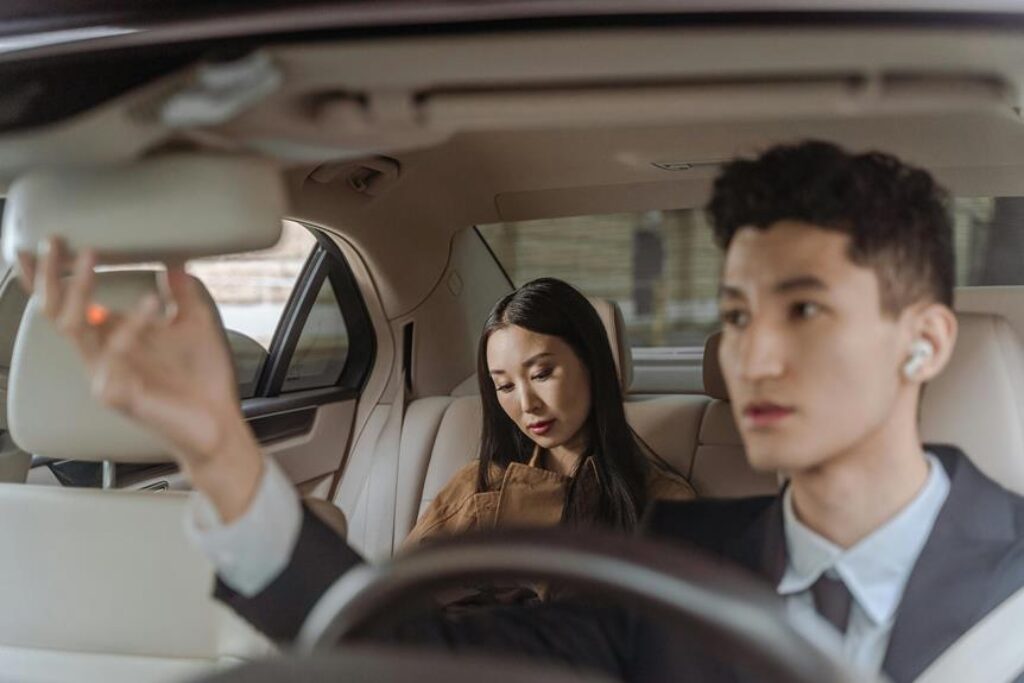
You may have wondered how Vehicle-to-Everything (V2X) technologies operate, seamlessly connecting vehicles to each other and their surroundings for enhanced safety and efficiency on the road. Have you ever considered the intricate mechanisms behind this communication network that allows cars to exchange critical information in real-time, enabling swift decision-making and accident prevention? As you explore the fundamental workings of V2X technologies, you’ll uncover a world where vehicles become interconnected nodes in a web of data exchange, revolutionizing the way we navigate our roadways.
V2X Communication Basics
To understand V2X Communication Basics, envision your vehicle seamlessly exchanging data with other road users and infrastructure. This technology enables vehicles to communicate with each other, as well as with roadside infrastructure like traffic lights and signs. By sharing information such as speed, location, and road conditions, V2X enhances road safety and traffic efficiency.
One key aspect of V2X communication is its reliance on wireless technology. Vehicles use dedicated short-range communication (DSRC) or cellular networks to transmit and receive data in real-time. This allows for quick decision-making and helps prevent accidents by providing drivers with timely warnings and alerts.
Furthermore, V2X communication is bi-directional, meaning that vehicles not only receive information but also send data to others on the road. This interactive exchange of data creates a network where vehicles can cooperate and coordinate their movements, leading to smoother traffic flow and enhanced safety for all road users.
Types of V2X Technologies
Now, let’s explore the various types of V2X technologies that play a crucial role in modern vehicle communication systems. V2X technologies encompass several key systems that enable vehicles to communicate with each other and with the surrounding infrastructure. One common type is Vehicle-to-Vehicle (V2V) communication, which allows vehicles to exchange information like speed, position, and direction to enhance road safety and traffic efficiency.
Another essential technology is Vehicle-to-Infrastructure (V2I) communication, enabling vehicles to communicate with traffic signals, road signs, and other roadside infrastructure. This communication aids in optimizing traffic flow, providing real-time information to drivers, and supporting the development of smart cities.
Moreover, Vehicle-to-Pedestrian (V2P) communication is emerging as a vital technology for enhancing pedestrian safety. This system allows vehicles to detect pedestrians, cyclists, and other vulnerable road users, providing alerts to both drivers and pedestrians to prevent accidents.
Additionally, Vehicle-to-Grid (V2G) communication enables electric vehicles to interact with the power grid, facilitating energy management, grid stability, and potentially enabling vehicle-to-home energy transfer. These diverse types of V2X technologies collectively contribute to creating a more connected, efficient, and safer transportation ecosystem.
V2X Integration With Vehicles
Vehicle manufacturers seamlessly integrate V2X technologies into their vehicles to enhance communication capabilities and improve overall driving experiences. By incorporating V2X systems, vehicles can communicate with each other, infrastructure, pedestrians, and other road users, creating a connected ecosystem on the road. Integration involves installing dedicated onboard units that enable vehicles to send and receive data such as location, speed, and direction to nearby entities in real-time.
These integrated systems utilize various communication technologies like Dedicated Short-Range Communications (DSRC) or Cellular Vehicle-to-Everything (C-V2X) to ensure reliable data exchange. The integration process includes embedding antennas, sensors, and communication modules within the vehicle’s architecture to enable seamless connectivity. Manufacturers also implement security measures to safeguard the data transmitted between vehicles and the surrounding environment, ensuring privacy and preventing unauthorized access.
Applications of V2X Systems
Numerous practical applications exist for V2X systems, demonstrating their versatility and potential impact on road safety and efficiency.
One key application is Cooperative Awareness, where vehicles exchange information about their position, speed, and direction to avoid collisions and improve traffic flow.
Another vital use is in Intersection Collision Warning, where V2X systems alert drivers of potential collisions at intersections, reducing accidents.
V2X systems also play a crucial role in Emergency Vehicle Warning, enabling emergency vehicles to communicate with surrounding cars for safer passage.
Moreover, V2X technology facilitates Traffic Signal Priority, allowing vehicles to communicate with traffic lights to optimize traffic flow and reduce congestion.
Additionally, V2X systems support Vulnerable Road User Safety by alerting drivers to pedestrians, cyclists, and motorcyclists in their vicinity.
These applications showcase the diverse ways V2X systems enhance road safety and efficiency, making them an integral part of the future of transportation.
Trending Products














